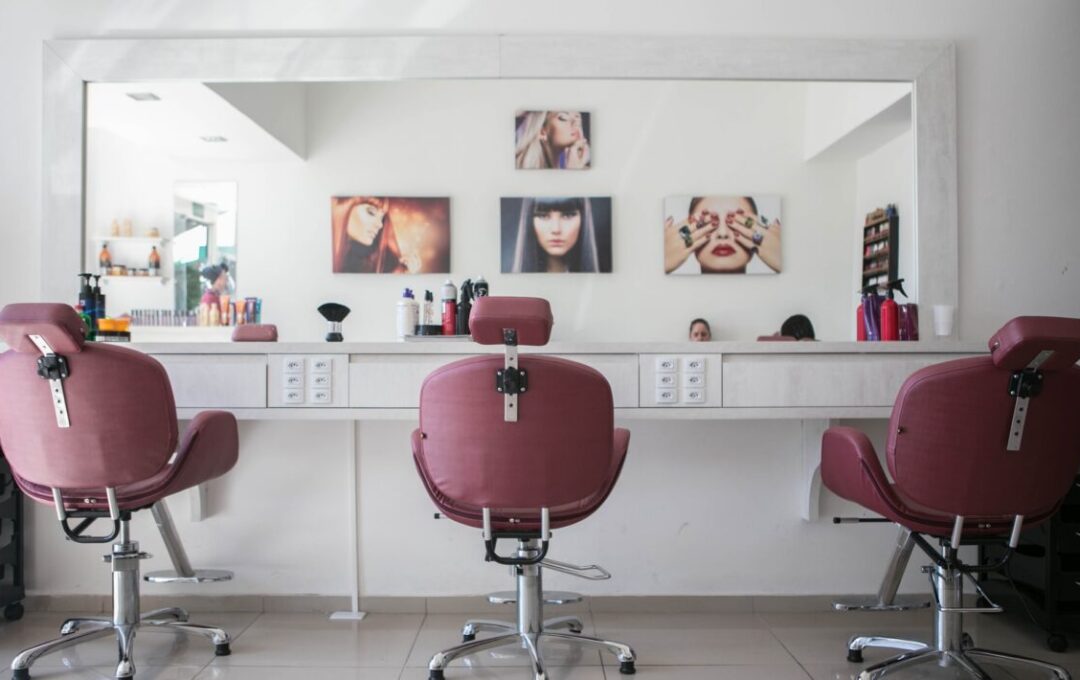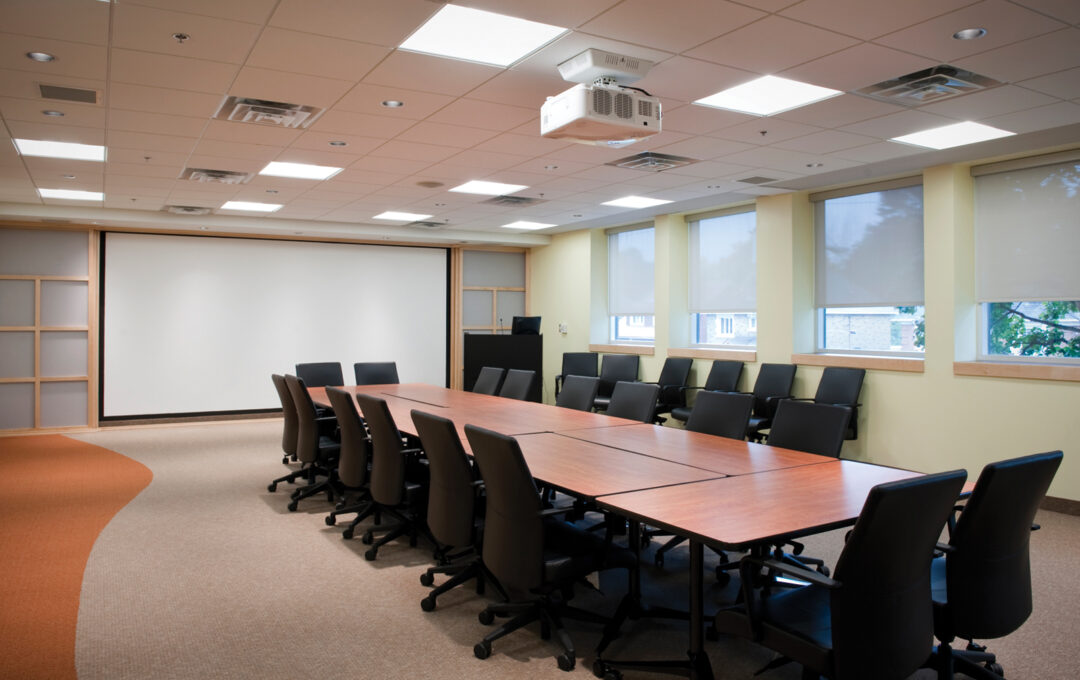
Treating the problem of varicose veins is beyond just a cosmetic aspect. Of course, no one fancy knotty and swollen vein, protruding out from a particular area of skin, or legs, as these are never a beauty appraiser. But, the complication is more than just skin deep, if untreated this indicative degenerating of veins may lead to serious heart troubles, and cause severe pain to the patient, in the coming years. And, as this veins condition advances, serious skin troubles such as pigmentation, and ulcers in the rarest of rare cases, are usually linked with varicose veins.
If we talk about the non-surgical treatment for varicose veins, it’s quite manageable, and there are a number of them, and some of these treatments are specified below:
Conservative Method
Conservative treatment for varicose veins is often recommended by doctors to their patients, who experienced one of the initial stages of this problem. A conservative approach is best to heal varicose veins issues initially. Here, the physician will prescribe your oral medications, some of which are easily available over the counter, like ibuprofen and aspirin, two common anti-inflammatory medicines. Some doctors, also suggest prescribing compression stock heal varicose veins. These medical accessories aid the patient in reverse pressuring the blood flow, leading to the unfolding of veins. Strengthening leg muscles and following a weight loss program can also help to curb the pain associated with this medical condition, as it will take some load off your limb. This treatment is cheaper compared to the surgical method of healing varicose veins.
Non-surgical procedures
For many, conservative methods of healing give no positive results, therefore, non-surgical treatments are physicians’ second go-to option. Here, the doctors will recommend any of the non-invasive remedies for varicose veins. Either, this kind of procedure is done by a plastic surgeon, or a doctor having his or her expertise in veins, known as the phlebologist.
Endovenous Thermal Ablation:
This non-invasive approach employs the use of lasers to loosen the incidence of spider veins. Typically, three lasers are required for performing this treatment, possibly scheduled by your doctor at an interval of three months, to meet the desired result. During this treatment, the vein begins to fade in color within the first few weeks.
Sclerotherapy:
Being, one of the most effective non-invasive treatments, this treatment is often advised by doctors around the world. Typically, it involves injecting the medicines directly into the vein will be leveraging them to shrink, and function normally. Two to three sittings are enough to force satisfactory results from this treatment for varicose veins, usually at an interval of 30 days.
Finally
This is best to consult a second piece of advice before undergoing cancer treatment. Your prospective doctor should have years of experience in dealing with these vein problems, otherwise, instead of doing good, any of these treatments will do harm. Therefore, when choosing a doctor, do a brief search about his or her medical clinic history, client recommendations, and, more, so as to keep after-treatment complications at bay.




